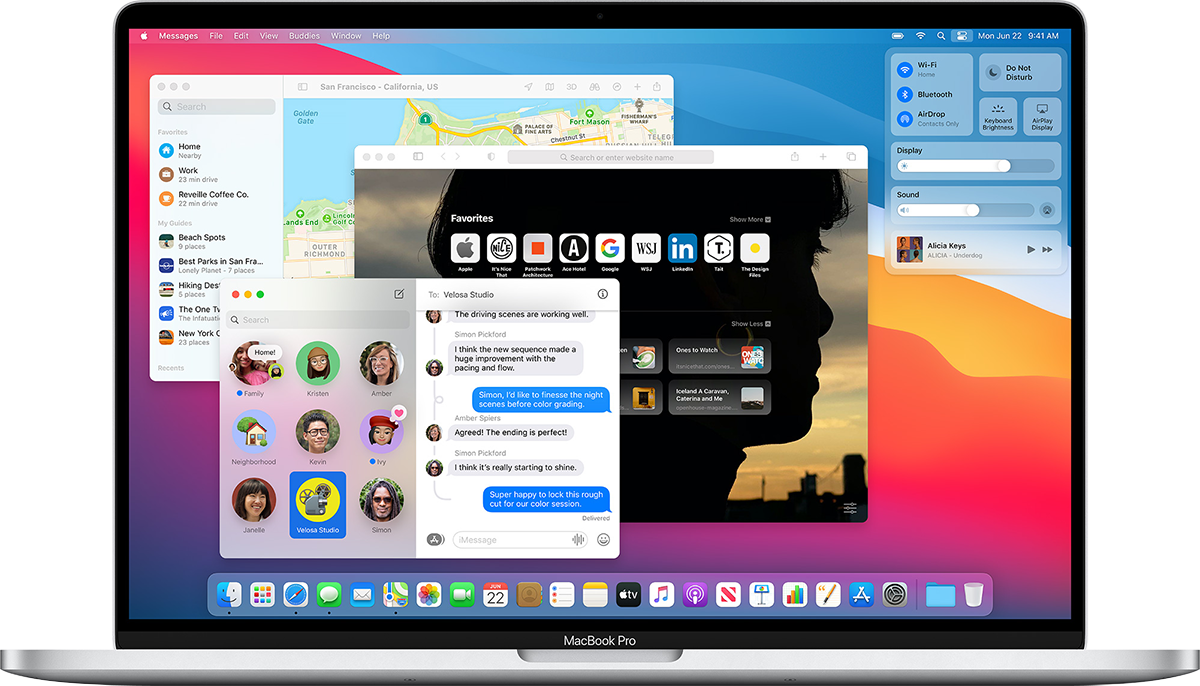
- Edit body text in microsoft word for mac how to#
- Edit body text in microsoft word for mac pdf#
- Edit body text in microsoft word for mac mac#
- Edit body text in microsoft word for mac windows#
Want to master Microsoft Excel and take your work-from-home job prospects to the next level? Jump-start your career with our Premium A-to-Z Microsoft Excel Training Bundle from the new Gadget Hacks Shop and get lifetime access to more than 40 hours of Basic to Advanced instruction on functions, formula, tools, and more.

Why don't they include an All Lowercase option? Who freaking knows. However, if you need to capitalize a block of text (don't know why you would), you can go to Format -> Font -> Capitalization and select All Caps to capitalize everything. In fact, there is no built-in way to do this exact thing.
Edit body text in microsoft word for mac mac#
If you're using Pages on a Mac instead of Word, this trick won't work.

Word will automatically lowercase everything first, and if you tap the shortcut again, it will take into account periods and capitalize the start of a sentence.įor example, it will start out looking like this:
Edit body text in microsoft word for mac windows#
If you're using MS Word on a Windows system, simply highlight the text and press:
Edit body text in microsoft word for mac how to#
Note that this trick will work with most of the Office suite of apps, including Word, Outlook, Powerpoint, and Excel How to Change Cases in Microsoft Word for Windows

If only I knew about this easy MS Word keyboard shortcut, I would've saved so much time and effort. SOMETIMES I SIMPLY FORGOT THAT CAPS LOCK WAS ON AND WOULD HAVE TO RETYPE THAT WHOLE SENTENCE.
Edit body text in microsoft word for mac pdf#
There were so many times in school when I needed to copy text from some PDF or a source like JSTOR and all of the letters were in uppercase! Thanks to Reddit user josawalk, whom I hate, yet love, I now know how to change chunks of text from all capital letters to lowercase. If you prefer a certain type of word wrapping and want to set it to be the default, you can do so by clicking “Set as Default Layout” at the bottom of the same menu.You know that moment when you finally figure out something, but you figured it out years after you really needed it? Don't you freaking hate that?!ĭon't Miss: All the Guides You Need to Master Microsoft Office It’s only available for certain types of word wrapping. Tip: “Edit Wrap Points” allows you to specify the outline of the image to which the text should wrap. “Through” is similar to “Tight” however, if you also make use of the “Edit wrap points” functionality on the same menu, you can have the text wrap into whitespace inside an image. “Behind Text” overlays text over the image, conversely “In Front of Text” overlays the image on the text, obscuring it. “Top and Bottom” allows text to be wrapped above and below the image, but no text can appear on either side. “Tight” is very similar to “Square” for rectangular images, however, for images in other shapes, “Tight” will wrap text following the shape of the image. The instructions below are for Microsoft Word for Mac, version 16. The tips in this post are all ways to show hidden formatting in Word, which can help you diagnose problems when text doesn’t look right or won’t go where you want it to. “Square” allows text to completely wrap around the image, above, below, to the left and right. So for all you other Mac users out there, here are a few translations. “In-Line with Text” is the default setting, and as described above, places the image at a specific point on a specific line. The word wrapping options are: “In Line with Text”, “Square”, “Tight”, “Through”, “Top and Bottom”, “Behind Text”, and “In Front of Text”. To configure the word wrapping settings, right-click an image, select “Wrap Text”, then select a wrapping option. The effect will review in the document, although it will mostly depend on their already being text there to wrap around the image. Tip: You see how the text will wrap around the image by just hovering your mouse over each of the options. These settings are found in the Design tab (introduced into Microsoft Word with version 2013). Fortunately, you can permanently change just two Styles (+Body and +Headings) to give your documents a more businesslike typeface. To change the word wrapping of a specific image, right-click on it, click or hover your mouse over “Wrap Text” in the drop-down menu, then select your preferred word wrapping option for that image. One of the most persistent frustrations legal users have with Microsoft Word fonts is the default font settings.


 0 kommentar(er)
0 kommentar(er)
